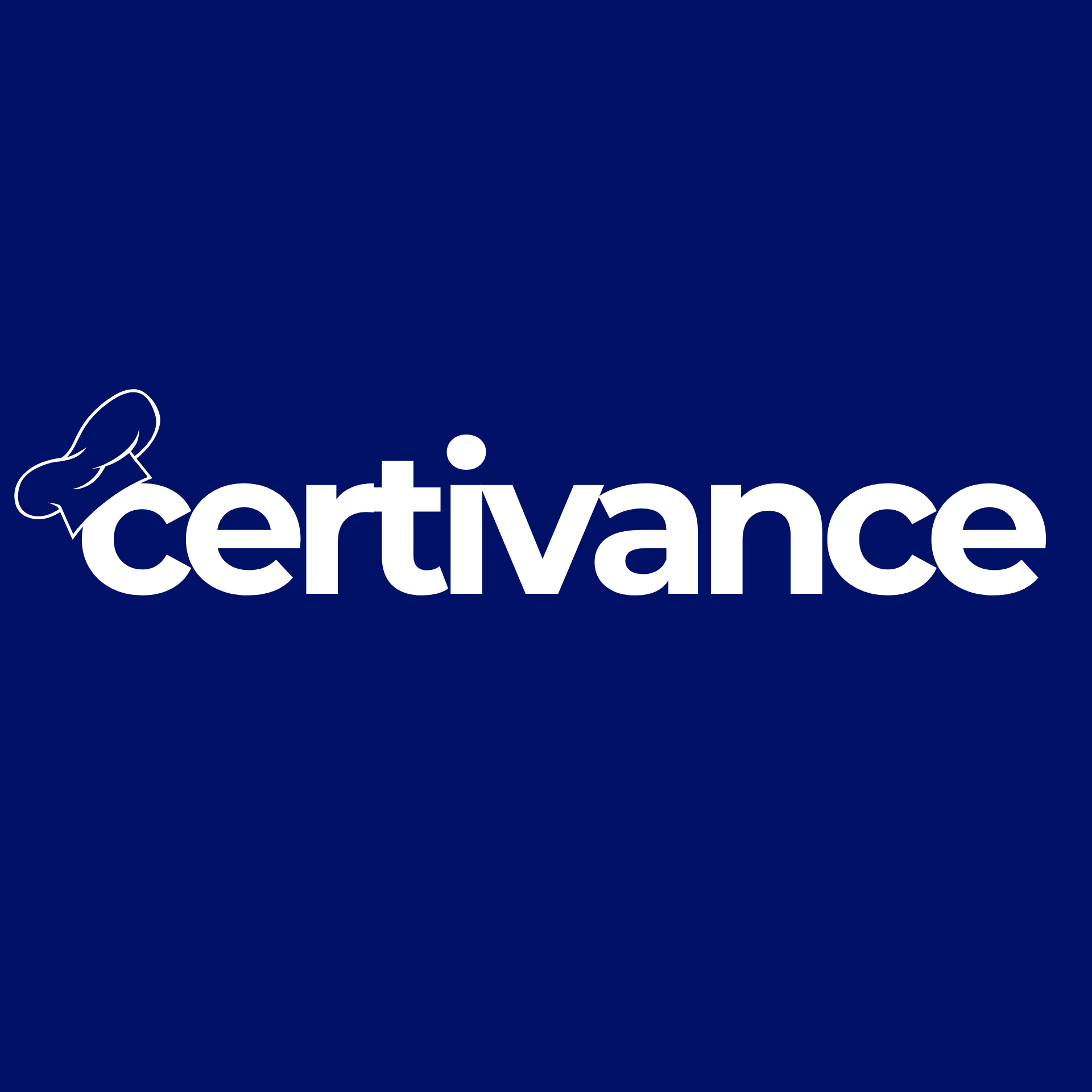Peanut allergies are among the most prevalent and potentially severe food allergies, particularly in children. Understanding the implications of peanut allergies is crucial for foodservice professionals committed to ensuring customer safety and maintaining compliance with food safety regulations.
The Prevalence and Persistence of Peanut Allergies
Peanut allergies have seen a significant increase in recent decades. Here are the key stats:
| Time Period | Prevalence of Peanut Allergies in Children |
|---|---|
| 1997-2008 | Increased from 0.4% to 1.4% |
| 2011 Study | Up to 2% of children may be affected |
Notably, only about 20% of children outgrow this allergy, indicating that peanut allergies are often lifelong conditions. Severe reactions are common; over half of individuals with peanut allergies report significant allergic responses. Tragically, peanut allergies are frequently implicated in fatal food-induced anaphylaxis cases.
Understanding the Rise in Peanut Allergies
The rise in peanut allergies has led to several hypotheses. The most common include:
- Method of Preparation: Peanuts in the U.S. are often dry-roasted or processed into peanut butter, which may alter protein structures and increase allergenicity. In contrast, boiled or fried peanuts in regions like Asia have lower allergy rates.
- Timing of Introduction: A study comparing Israeli children, who often consume peanuts early, to British children, who avoid peanuts until age three, showed lower allergy rates in Israeli children. This suggests early exposure may help prevent allergies.
Cross-Reactivity with Tree Nuts
Even though peanuts are legumes and tree nuts are drupes, there is often cross-reactivity due to similar protein structures. This means that tests may show positive results for both, even if clinical reactions aren’t present.
Key Takeaways:
- Peanut allergy patients may need to avoid tree nuts based on individual sensitivity, though not all will react.
- Consult a specialist: It's essential to work with a board-certified allergist to confirm the need for tree nut avoidance.
Peanut Oil: Assessing the Risks
Peanut oil safety varies depending on its refinement process. Here's a quick guide:
| Type of Peanut Oil | Safety for Allergic Individuals |
|---|---|
| Highly Refined Peanut Oil | Generally safe (refining removes allergens) |
| Cold-Pressed/Unrefined Peanut Oil | May contain residual proteins and pose a risk |
Because of inconsistent labeling, it's advised to avoid all forms of peanut oil unless the safety of the product is confirmed.
Environmental Exposure: What the Evidence Shows
Concerns about airborne peanut particles or casual contact triggering reactions are common, but studies show:
- Inhaling peanut butter aroma doesn’t trigger allergic reactions.
- Peanut proteins are not airborne in significant quantities during typical activities.
- Proper cleaning with soap and water effectively removes peanut residues.
Practical Guidelines for Foodservice Establishments
To ensure the safety of customers with peanut allergies, foodservice professionals should follow these best practices:
- Carry Epinephrine: Keep at least two epinephrine auto-injectors readily available.
- Label Vigilantly: Clearly mark menu items containing peanuts or potential cross-contamination risks.
- Prevent Cross-Contact: Use separate utensils and preparation areas for peanut-free dishes.
- Educate Staff: Train employees to recognize allergy symptoms and know how to respond.
- Communicate with Suppliers: Verify that all ingredients are free from peanut contamination.
- Inform Customers: Encourage patrons to disclose allergies and ask questions about the menu.
Identifying Hidden Sources of Peanuts
Peanut products can be hidden in many common foods. Be mindful of the following:
| Common Offenders | Unexpected Sources |
|---|---|
| Candies, baked goods, ice cream | Egg rolls, pet foods, marinades |
| Trail mixes, certain sauces | Processed foods, glazes |
Always read labels and consult manufacturers when unsure.
Certivance: Your Partner in Food Safety
At Certivance, we provide comprehensive training and resources to help foodservice professionals manage food allergies effectively. Our offerings include:
- Allergen Awareness Training: Equip your team with the knowledge to handle allergens safely.
- Customized Consulting: Tailored solutions to meet your establishment's specific needs.
- Compliance Support: Assistance in adhering to local and federal food safety regulations.
By partnering with Certivance, you demonstrate a commitment to customer safety and operational excellence.
Back of House Allergy Check Sheet - PDF
Front of House Allergy Check Sheet - PDF
For more information on our training programs and resources, visit Certivance.com.









